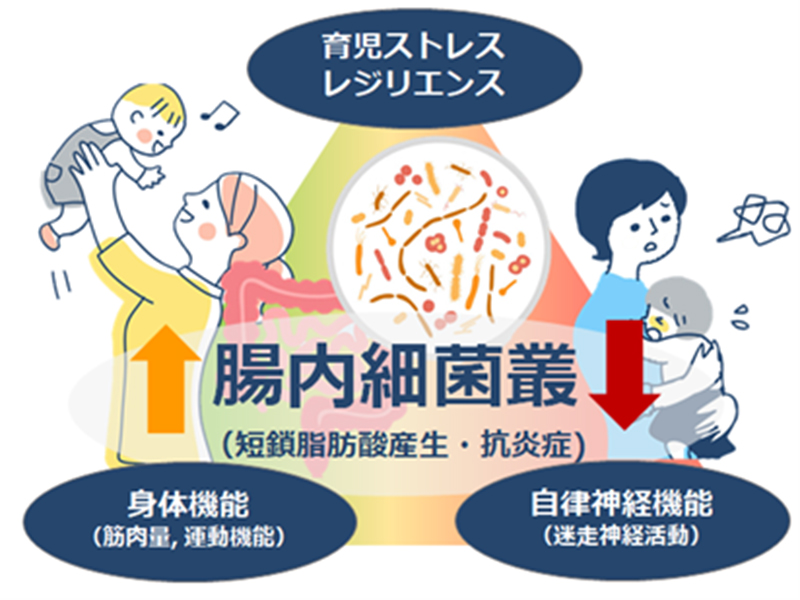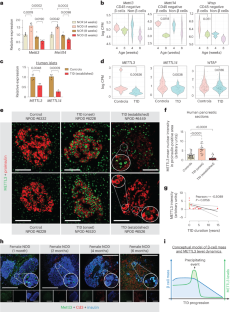2024-03-01 エディンバラ大学
<関連情報>
- https://www.ed.ac.uk/news/2024/checking-womb-condition-could-curb-cancer-risk
- https://journals.plos.org/plosmedicine/article?id=10.1371/journal.pmed.1004346
子宮内膜過形成の診断と管理:国家ガイダンス2012-2020の遵守に関する英国全国監査 Diagnosis and management of endometrial hyperplasia: A UK national audit of adherence to national guidance 2012–2020
Ian Henderson ,Naomi Black ,Hajra Khattak,UKARCOG Working Group Authors ,Janesh K. Gupta,Michael P. Rimmer
PLOS Medicine Published: February 29, 2024
DOI:https://doi.org/10.1371/journal.pmed.1004346
Abstract
Background
Endometrial hyperplasia (EH) is a precusor lesion for endometrial cancer (EC), the commonest gynaecological malignancy in high-income countries. EH is a proliferation of glandular tissue, classified as either non-atypical endometrial hyperplasia (NEH) or, if the cytological features are abnormal, atypical endometrial hyperplasia (AEH). The clinical significance of AEH is that patients face both a high risk of having occult EC and a high risk of progression to EC if untreated. Recommendations on the care of women with EH were introduced by United Kingdom–wide guidance (Green-top Guide No. 67, 2016). National adherence to guidance is unknown.
We aimed to describe the care of patients with EH; to compare the patterns of care for those with EH with national guidance to identify opportunities for quality improvement; and to compare patterns of care prior to and following the introduction of national guidance to understand its impact.
Methods and findings
In this UK-wide patient-level clinical audit, we included 3,307 women who received a new histological diagnosis of EH through a gynaecology service between 1 January 2012 and 30 June 2020. We described first-line management, management at 2 years, and surgical characteristics prior to and following national guidance for EH using proportions and 95% confidence intervals (CIs) and compared process measures between time periods using multilevel Poisson regression.
Of the 3,307 patients, 1,570 had NEH and 1,511 had AEH between 2012 and 2019. An additional 85 patients had NEH and 141 had AEH during 2020. Prior to national guidance, 9% (95% CI [6%, 15%]) received no initial treatment for NEH compared with 3% (95% CI [1%, 5%]) post-guidance; 31% (95% CI [26%, 36%]) and 48% (95% CI [43% 53%]) received an intrauterine progestogen, respectively, in the same periods. The predominant management of women with AEH did not differ, with 68% (95% CI [61%, 74%]) and 67% (95 CI [63%, 71%]) receiving first-line hysterectomy, respectively. By 2 years, follow-up to histological regression without hysterectomy increased from 38% (95% CI [33%, 43%]) to 52% (95% CI [47%, 58%]) for those with NEH (rate ratio (RR) 1.38, 95% CI [1.18, 1.63] p < 0.001). We observed an increase in the use of total laparoscopic hysterectomy among those with AEH (RR 1.26, 95% CI [1.04, 1.52]). In the later period, 37% (95% CI [29%, 44%]) of women initially diagnosed with AEH who underwent a first-line hysterectomy, received an upgraded diagnosis of EC. Study limitations included retrospective data collection from routine clinical documentation and the inability to comprehensively understand the shared decision-making process where care differed from guidance.
Conclusions
The care of patients with EH has changed in accordance with national guidance. More women received first-line medical management of NEH and were followed up to histological regression. The follow-up of those with AEH who do not undergo hysterectomy must be improved, given their very high risk of coexistent cancer and high risk of developing cancer.


